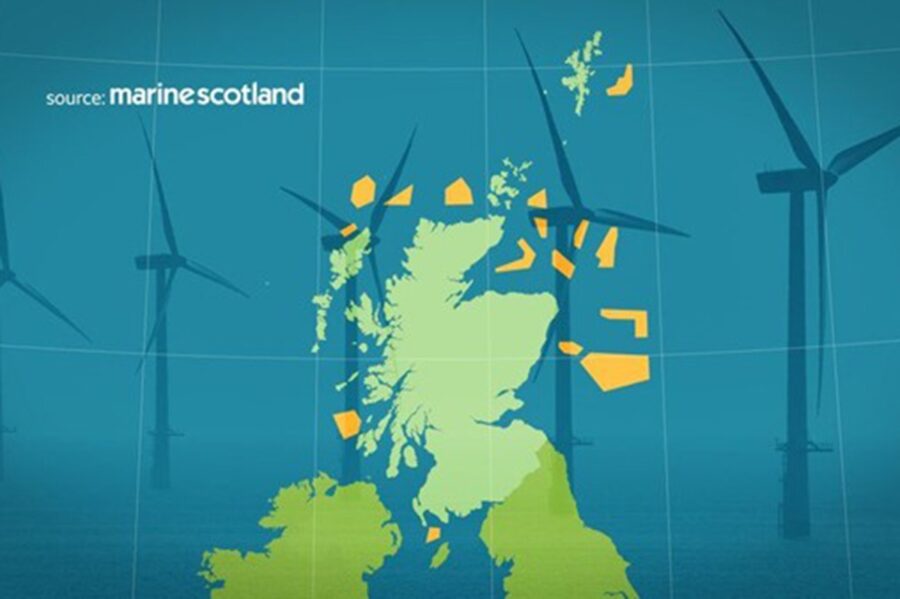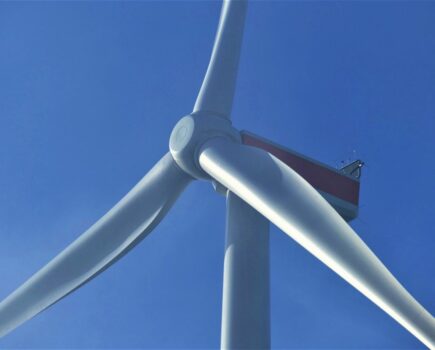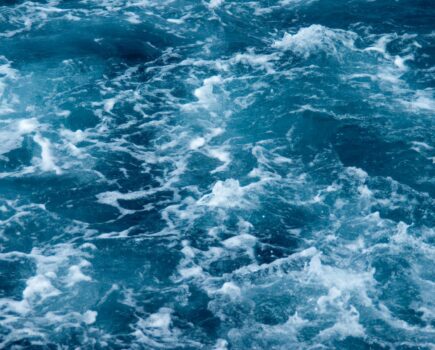Industry stresses need to plan for co-existence
Huge areas of Scottish waters are being earmarked for offshore renewable projects, reports Tim Oliver.
An auction for the right to develop new areas to produce 10 gigawatts of power was held in mid-July.
Scotland currently has less than one gigawatt in operation, with more than six gigawatts in the development pipeline for the North Sea. To add another 10 gigawatts would more than double Scotland’s total.
The sites for the ScotWind leasing auction were chosen by Marine Scotland, and the process is managed by Crown Estate Scotland.
The auction covered 15 areas of seabed and includes areas of the North Sea to the east of Angus, the outer Moray Firth, west of Orkney, east of Shetland and northwest of both Lewis and Islay (see map, above).
The Beatrice field in the Moray Firth is the largest offshore wind farm in Scottish waters. Work is currently underway to develop a new wind farm close to the East Neuk of Fife, and more are on the way off the Aberdeenshire and Angus coast.
ScotWind will feature several floating wind arrays, being pioneered in Hywind, the world’s first floating wind farm off Aberdeenshire. These are anchored to the seabed, and make it possible to put turbines into much deeper water, or where piles cannot be installed.
The wind farms could potentially close off large areas of fishing grounds to the Scottish fleet, and Scottish industry leaders stressed the need for co-existence with the offshore sector and the work that has been done to keep the fishing industry’s interests to the fore as the renewable energy sector has expanded.
Malcolm Morrison of the SFF, who liaises with the wind farm sector, said that without the SFF and Scottish White Fish Producers’ Association (SWFPA) stepping up, ‘fishing would have had little consideration in this new marine enterprise’ (see below).
Mike Park, chief executive of the SWFPA, said the Scottish industry was now in a situation where marginal losses of grounds year on year to wind farms added up to ‘a significant loss’.
He told Fishing News: “Competition for space is becoming a real issue for us. West of Scotland, it’s mainly due to the presence of offshore static gear, and inshore it’s about fish farms. On the east coast, it’s mainly about static gear inshore and wind farms offshore.”
He said it was important that the industry was consulted from the outset over the siting of the wind farms. The industry had to make sure that ‘within the broader areas where the licences have been granted, the wind farm itself is positioned in an area that least impacts the fishing industry’.
“Over the last few years that has been our main area of concern – that we are being consulted at the very end of the process rather than at the beginning,” he said.
“When we talk to government now about co-management, that just doesn’t mean the management of fisheries, that means the management of the sea space and the need for us to be in there at the earliest stage possible.”
Big appetite
Mike Park pointed out that there is ‘a big appetite in Europe’ to produce renewable energy over the next 20 to 40 years, and fishermen increasingly faced losing grounds. He said it was important that the least productive areas for fishermen should be used for wind farms.
Referring to a recent vote by the European parliament in favour of a resolution that fishermen should be effectively involved in decisions on wind farms (Fishing News, 22 July, ‘EU parliament raises alarm on future offshore wind farms’), he said there was no reason ‘to keep fishermen out of the conversation’. He said: “That was one of the negatives about the EU Commission and the CFP – it was a very paternalistic style of management. We need to avoid that at all costs, especially now that we should be in control of our own waters.
“Management of all these issues is interconnected – the management of fisheries, of the seas, the blue economy, all these things are interconnected, and no one should be left out of that wider discussion.”
The new generation of wind farms will involve thousands of new turbines, although wind farms are now being built with fewer but bigger turbines.
Fishermen will also have some ‘breathing space’, because wind farm projects take a long time to develop, he said.
This story was taken from the latest issue of Fishing News. For more up-to-date and in-depth reports on the UK and Irish commercial fishing sector, subscribe to Fishing News here or buy the latest single issue for just £3.30 here.








